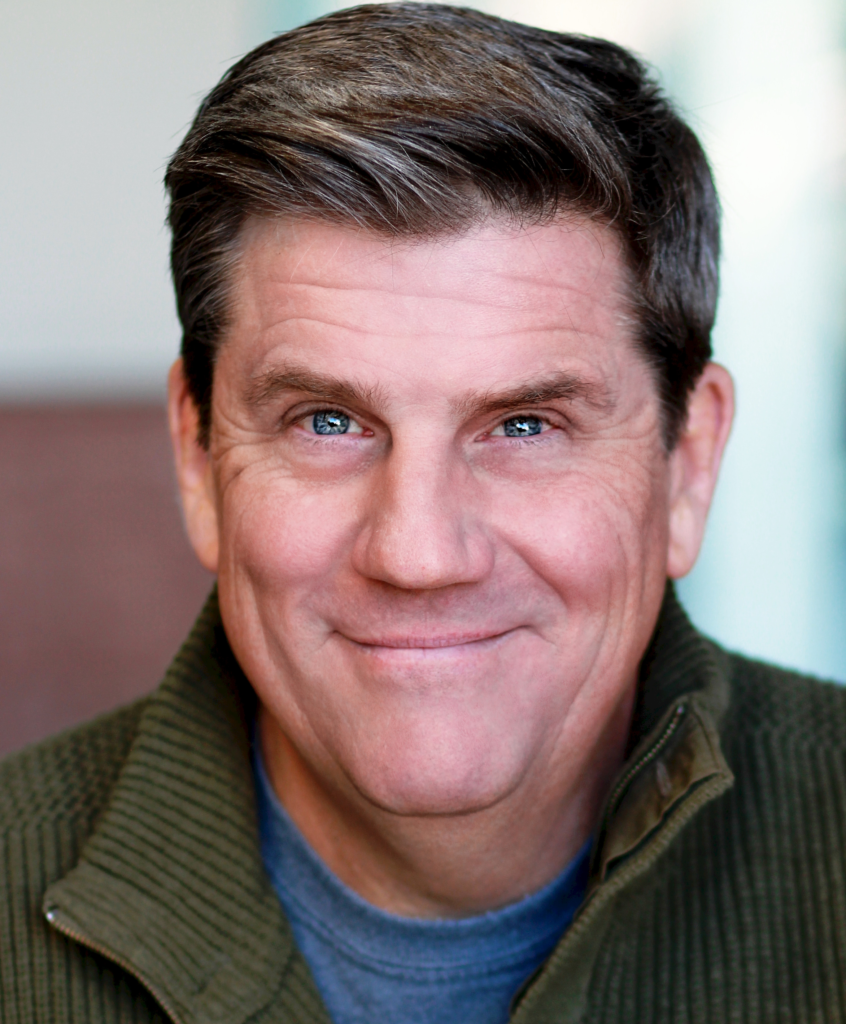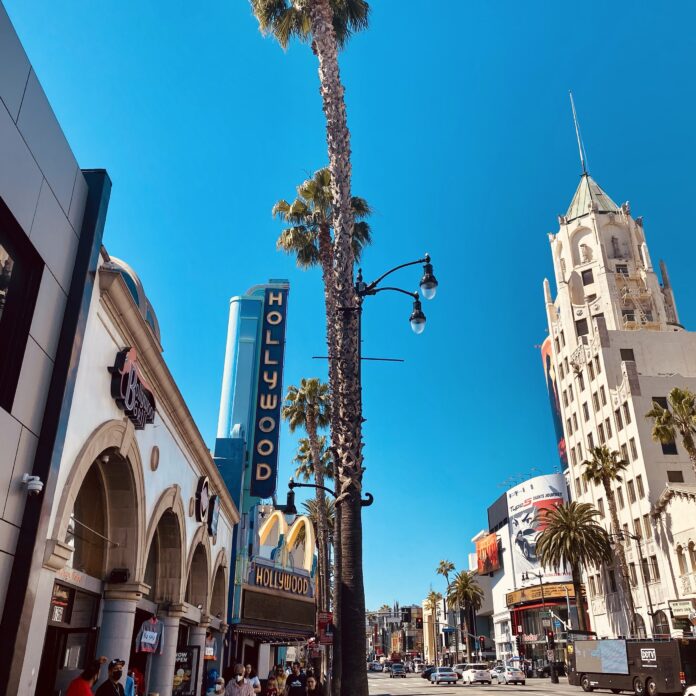In a monumental turn of events, Hollywood has been plunged into an unprecedented era of uncertainty as actors and writers join forces in a united strike. With SAG-AFTRA, a union representing 160,000 Hollywood actors, walking alongside the 11,000-strong Writers Guild of America, the vibrant film and television industry has ground to a halt. This simultaneous strike, the first of its kind in over six decades, is a resounding call for change, propelled by a collective demand for increased pay and a reevaluation of residuals in the wake of the streaming revolution.
At the heart of the strike lies a significant disparity that has plagued the industry for far too long. While the world’s highest-paid celebrities, like Meryl Streep and Matt Damon, publicly throw their support behind the cause, the concerns over pay and residuals resonate deeply with the thousands of actors who tirelessly perform in numerous films and TV shows. Contrary to the glamorous facade, SAG-AFTRA’s president, Fran Drescher, passionately emphasizes that a vast majority of actors are “just working people” striving to make a living, pay rent, put food on the table, and provide for their families.
Diving into the financial realities, it becomes clear that the glamorous lifestyles associated with Hollywood’s elite are far from the norm. The average pay for California actors in 2022 was reported to be $27.73 per hour, according to the US Bureau of Labor Statistics. However, this figure doesn’t reflect the intermittent nature of the job, as actors seldom work full-time year-round. Moreover, the various deductions actors face, including taxes, commissions, and legal fees, significantly impact their take-home pay. The popular notion of extravagant salaries crumbles under the weight of reality, as the true financial burdens of being an actor come to light.
A striking revelation emerges as we examine the health insurance eligibility criteria set by SAG-AFTRA. To qualify for coverage, performers must earn a minimum of $26,470 per year, a figure that only 12.7% of union members manage to achieve. This stark reality underscores the challenges faced by many actors who don’t consistently generate enough income to meet the union’s threshold. Actor Rod McLachlan, known for his appearances in TV shows like “Blue Bloods,” candidly states that this struggle to attain health insurance exemplifies the fact that $26,000 falls far short of a middle-class wage.

Residuals, once seen as a lifeline for actors during lean times, have undergone a drastic transformation due to the rise of streaming services. In the past, actors could rely on these payments as a source of steady income when roles were scarce. However, the advent of streaming platforms has blurred the lines of residual calculations, leaving actors with significantly reduced earnings. The disparity between traditional television residuals and streaming residuals becomes painfully apparent, highlighting the urgent need for a new framework that addresses the realities of the digital era.
The strike has sparked a heated debate about the industry’s top earners and the distribution of wealth within Hollywood. With actors and writers taking a united stand, calls for pay cuts among the industry’s highest-paid individuals have emerged. Figures like Dwayne “The Rock” Johnson, who earned a staggering $270 million in 2022, and Tom Cruise, who reportedly pocketed $100 million for “Top Gun: Maverick,” face scrutiny as calls for a fairer distribution of wealth resonate across the industry.
Disney CEO Bob Iger, amidst the unfolding drama, has dismissed the demands of the striking actors and writers as unrealistic. However, his own multimillion-dollar compensation package, totaling up to $31 million annually, raises questions about the fairness and equity that the industry espouses. The contradictions are glaring, and they fuel the fire of discontent as the strike progresses.
Beyond the borders of Hollywood, the impact of this strike reverberates globally. The potential economic fallout, estimated at $4 billion or more, raises concerns not just for the US economy but also for countries like the UK, Australia, and New Zealand, which are intricately tied to Hollywood’s production and post-production processes. The strike casts a shadow of uncertainty, with ramifications that extend far beyond the confines of Los Angeles.
As the strike marches on, Hollywood finds itself at a crossroads. The unified voices of actors and writers echo through the industry, challenging the status quo and demanding an equitable system. The time for change has arrived, and the world watches with bated breath as the power dynamics of the entertainment industry hang in the balance. Whether this historic strike will be the catalyst for a transformative shift or a temporary disruption remains to be seen.





